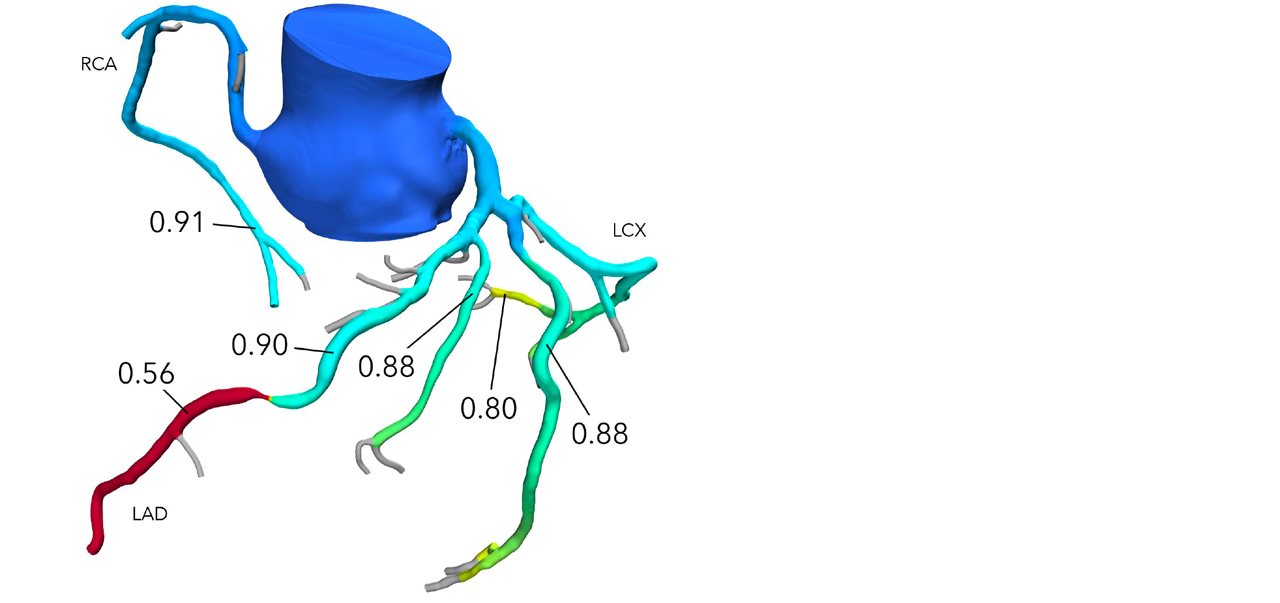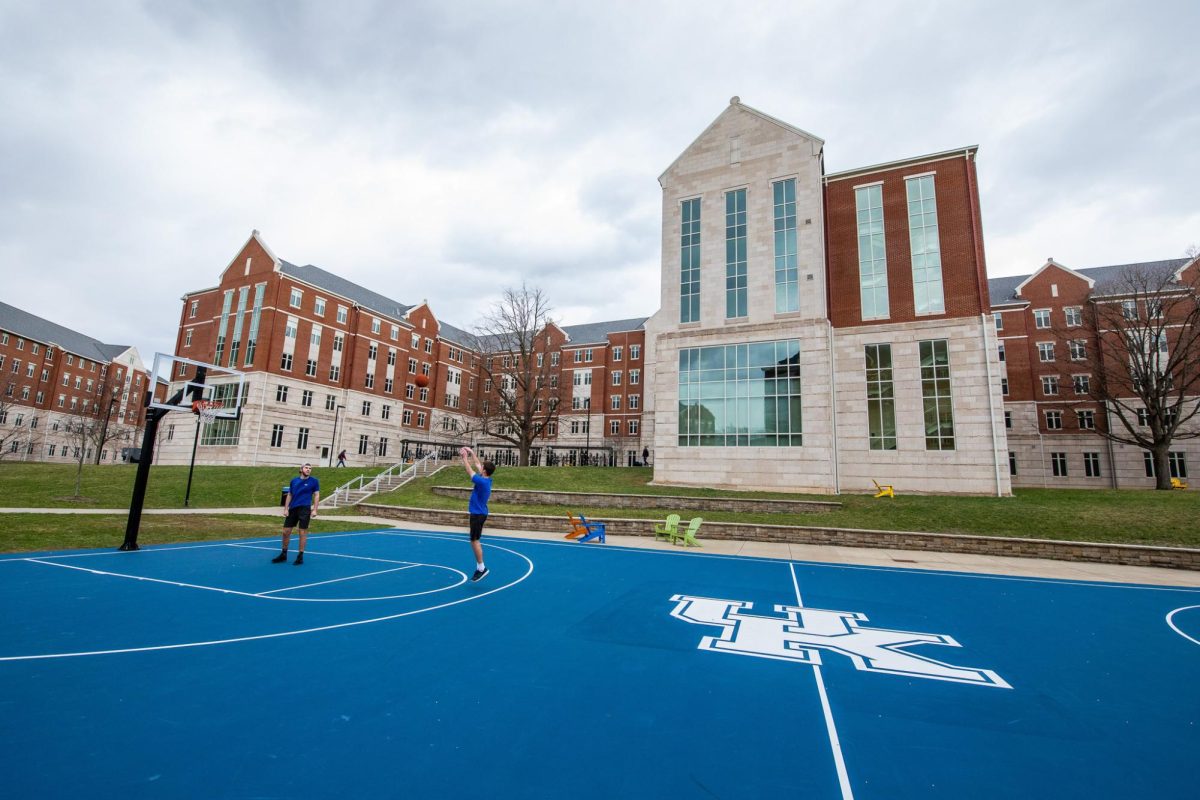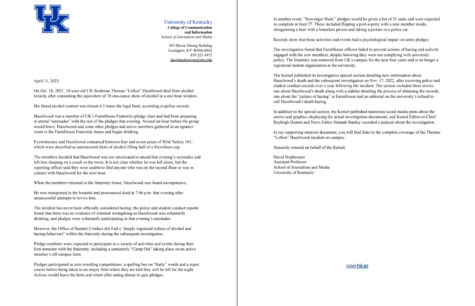A Couple’s Unique Experience With Coronary Disease
February 1, 2022

(BPT) – Heart disease is the leading cause of death in the United States[1], but many healthy and physically active families do not expect heart disease to affect them. Mary Anne and Rod Norling experienced firsthand how important it is to take symptoms seriously and seek proper care.
“My family had some history of heart issues, but I had thought that I had done well to alleviate my risks,” said Mary Anne.

The couple had been avid bikers, hikers, skiers and boaters. Combining their regular active lifestyle with healthy weight, the Norlings didn’t seem to be at a high risk of being two of the over 650,000 people in the United States that die from coronary artery disease each year[2].
However, while on vacation in Lake Tahoe, California in 2012, Mary Anne suffered a heart attack. After being taken to the hospital, she received two stents in her right coronary artery. The event happened after about a year of her experiencing mild to moderate left arm discomfort and lagging endurance.
“Doctors I talked to during that time before my heart attack weren’t able to help,” said Mary Anne. “Perhaps it was because of my fitness, or because of the unfortunate tendency not to take women’s pain and discomfort as seriously as men’s, but I wasn’t getting the help that I needed.”
Even after her heart attack, issues persisted. Mary Anne experienced mild chest pain symptoms, causing doctors to recommend anti-anxiety treatments and even suggesting her struggles were all “in her head.” She then came under the care of cardiologist Dr. Frederick St. Goar, who listened and adjusted her medications to help eliminate the discomfort she was feeling.
In 2019, her symptoms became more severe. Dr. St. Goar ordered a CT and HeartFlow Analysis, which developed a 3D blood flow model of her coronary arteries. Using that model, Dr. St. Goar was able to diagnose an important new blockage on the left side of her heart, and subsequently placed another stent.
Shortly thereafter, Rod began having difficulty exercising and experienced shortness of breath. He dismissed the issues as perhaps related to a rib injury, but pre-op work for back surgery in 2021 showed irregularities on his ECG test results.
“After being with my wife during her experience, I knew that I needed to take my own issues seriously,” said Rod. “I went to Dr. St. Goar to help make sure we caught problems before they got worse.”

In addition to his symptoms, a calcium scoring test indicated that there might be coronary artery disease, so a CT and HeartFlow Analysis were ordered. These helped Dr. St. Goar non-invasively identify a significant blockage in one of the main arteries supplying blood to Rod’s heart, a location sometimes referred to as the “widow-maker”. A stent was placed which may have saved his life.
The HeartFlow Analysis helped Dr. St. Goar pinpoint coronary disease in both Rod and Mary Anne and get them the necessary treatment as soon as possible, a critical step in helping them feel better and preventing more serious complications in the future.
“Even active individuals can have underlying issues, and if something feels off, they need to be comfortable speaking up,” said Dr. Frederick St. Goar, MD, FACC. “It’s imperative that patients advocate for their own health, and partner with health care providers to make sure they get the care they deserve.”
February’s annual American Heart Month can serve as a great reminder for individuals to not only make lifestyle decisions to reduce the risk of heart disease, but also look for screening options to make sure heart disease is caught as early as possible. Learn more about potential options.
























































































































































